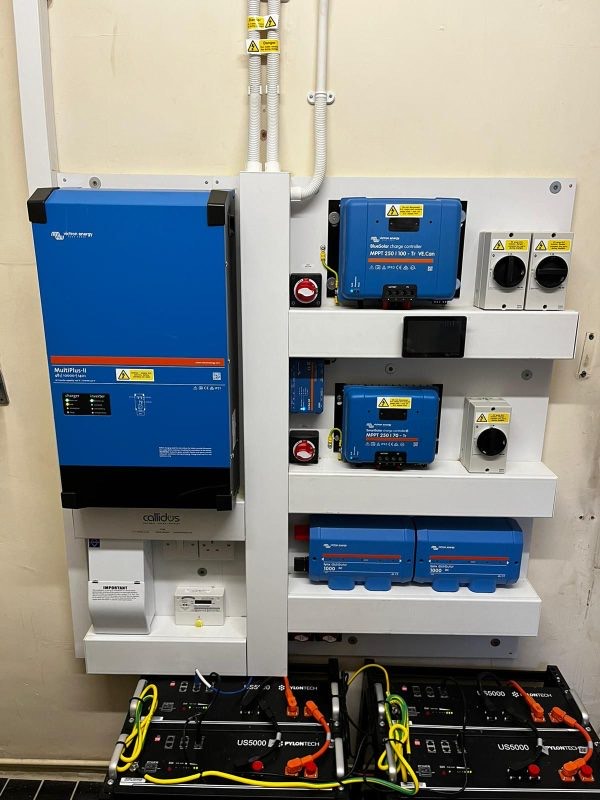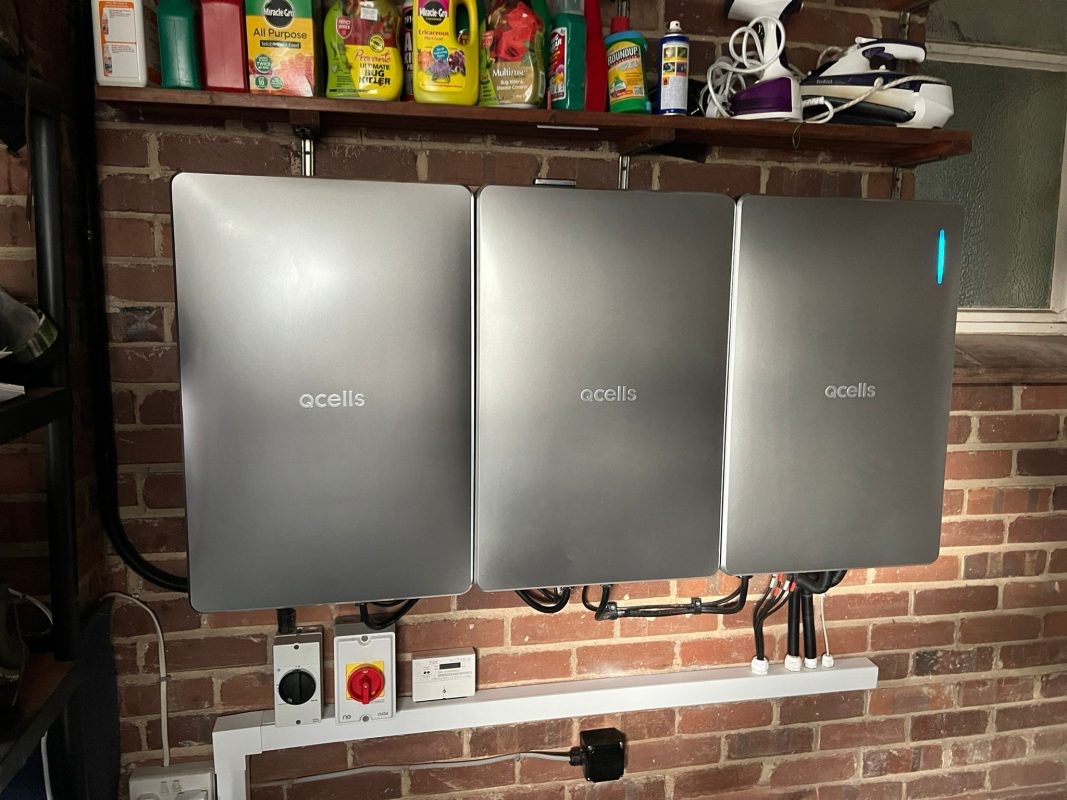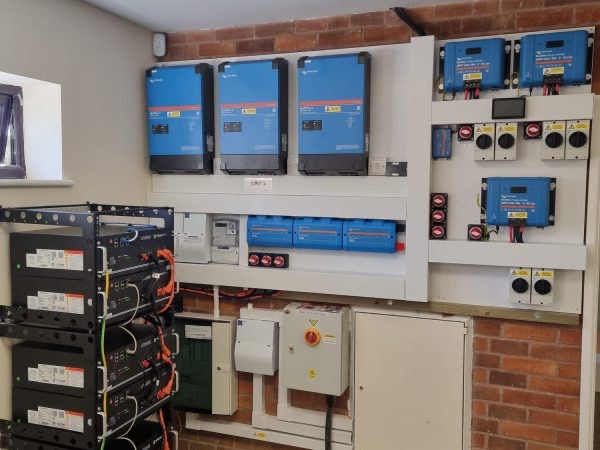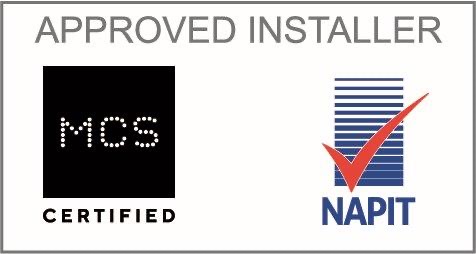The Battery Storage Revolution
Adding batteries to a solar installation has always been on people’s minds and often, the deterrent was the cost per kWh of the battery itself. Like every technology, batteries for Solar PV have been getting better and better. With the EV market now getting real traction across the world, we have seen improved quality and performance in the Solar PV battery market.
The year 2022 has seen many events as we recover from the pandemic; businesses are trying to get back on their feet, and families see record high energy & fuel costs with sharply rising inflation. It is not a nice combination, and although solar panel sales have massively increased for those fortunate enough to be able to afford the initial outlay, it is important to note the change. In 2020 batteries were added to around 15% of installations, and now in 2022, around 90% of all installations have a battery added to them. Additionally, we also have a growing number of battery only installations demands where clients can add a battery to their existing system installed many years ago with no effect on their very important Feed in tariffs.

Given the cost of lithium batteries, the question that needs answering is why they are so popular. Let’s look at an example, and you can decide for yourself. Currently, a 4kW solar PV array is around £6,000 to have a battery, you will need a Hybrid inverter (inverter charger), and this is around £600 more than a standard solar only inverter. 9.6kWh of lithium battery is about £4000, and therefore adding a decent battery and upgrading to a hybrid inverter can almost double the cost of a system.
Battery storage can work in many ways to support a home and is usable all year round. Firstly any excess solar energy produced by a system on the better days can be stored in the battery and then used when the sun goes down. This, in many cases, can remove the cost of buying electricity in the summer months. Still, winter can be tricky as solar PV systems don’t generate anywhere near as much as they do in the summer. You don’t want batteries idle doing nothing when they cost so much. Therefore, most energy providers offer a low rate night tariff that lets you grid charge your batteries between the twilight hours at around a ¼ of the cost of daytime electricity. This means you can boost your batteries in the winter months to support your home at a low rate and, in some cases, completely if your battery is large enough.

Working on the example above of 9.6kWh of battery being around £4000 and that we never empty the battery completely as leaving a little in preserves the life of 6000+ cycles or 16.4 years if a battery is charged and discharged once a day. To keep it simple, let us assume 8kWh of usage battery at a cost of £4,000 or £500 per kWh of battery. If you could charge this every day and then use it at night then it has the potential to save you around 365kWh per year, but we know some of this will be bought on a cheaper low night rate tariff, so again assuming 250kWh in a year from your solar and 115kWh a year bought for 10p/kWh. Using a £0.40p cost of electricity, this means in one year; this battery could save you 250 x 0.40p = £100.00 and £34.50 in the cheaper electricity you were able to buy. This is a total saving of £134.50 in a year for 1kWh of battery and we know this cost £500 to start with. So it could easily pay for itself in as little as 4 years (4 x £134.50 = £538).
Hopefully this clears it up? It didn’t quite work when electricity was only £0.14p/kWh, and batteries had a 10 year payback, but with the higher rates, it is an obvious choice.
Callidus also have the ability to protect your home from blackouts or power cuts with a system that lets you switch over to off grid or with complete home islanding seamlessly switches to your battery system in the event of an outage.
Contact us now to get the support you and your home or business need.













